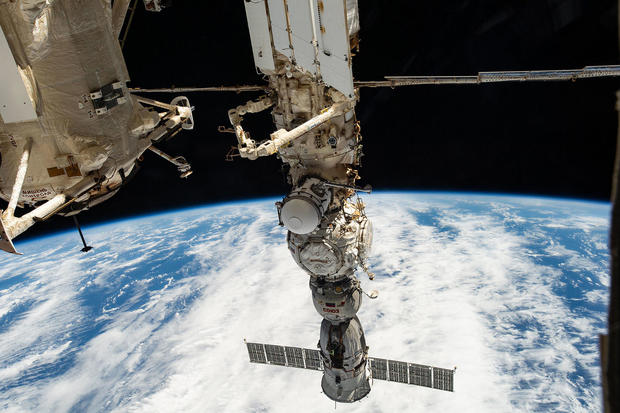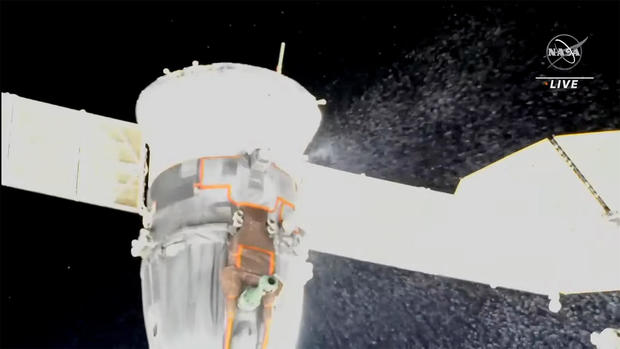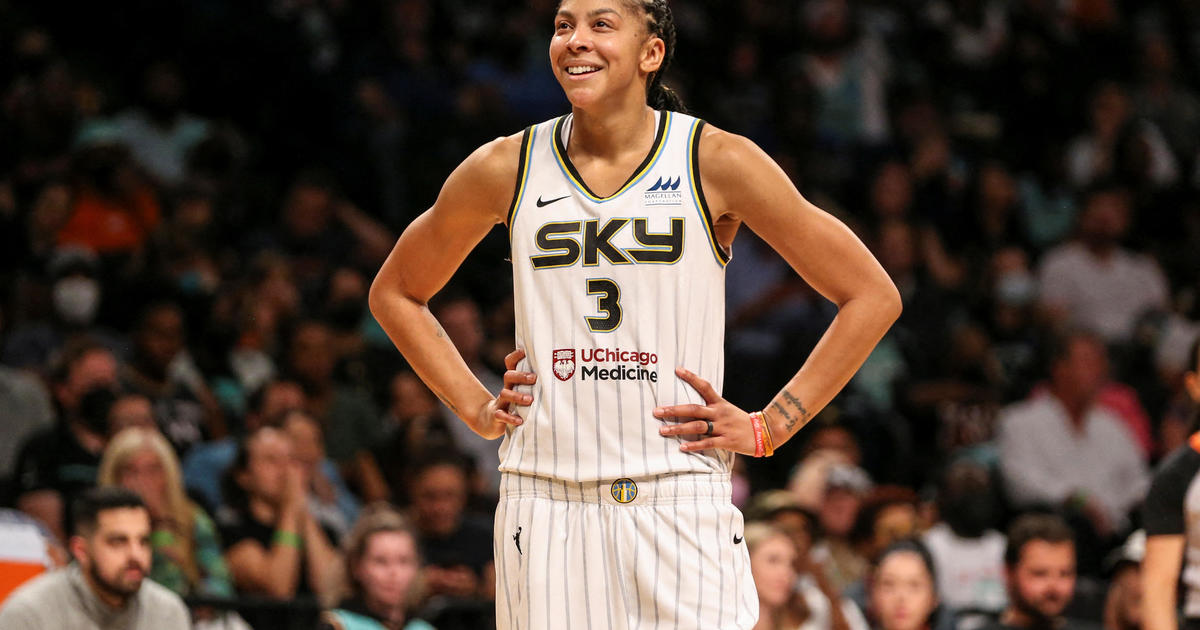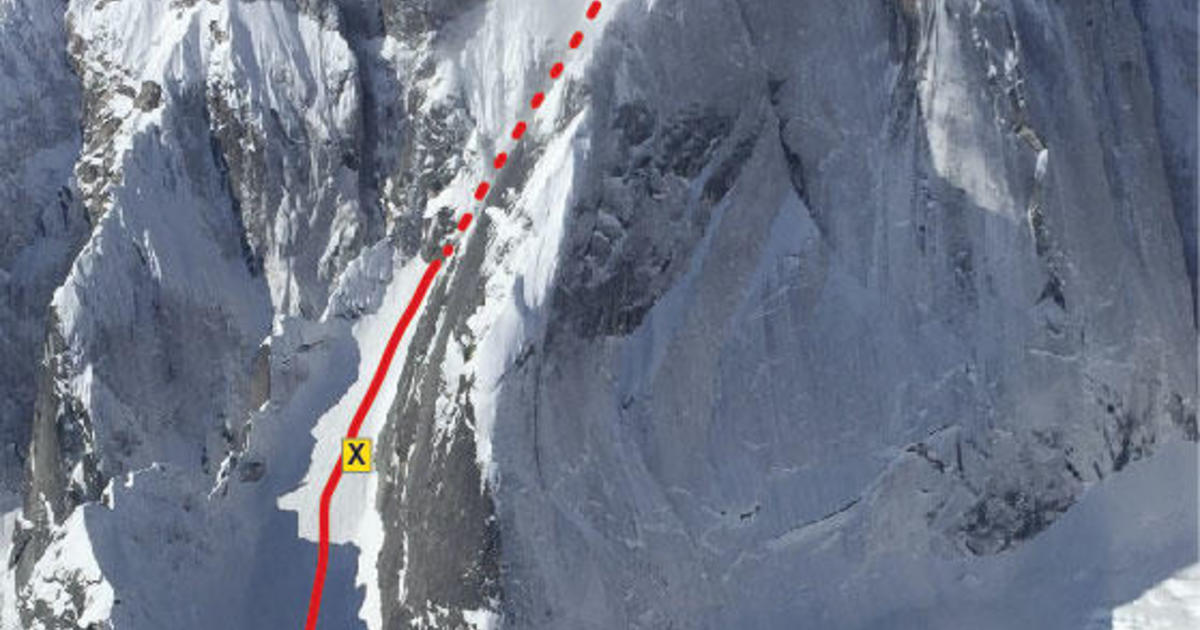Russians troubleshoot another coolant leak at the International Space Station
A secondary radiator on a Russian space station module sprang a leak Monday, the third time in the past year a Russian component has lost heat-dissipating coolant. What impact, if any, the latest incident might have on station operations was not immediately known, but officials said the crew was in no danger.
The Russian federal space agency Roscosmos said in a post on Telegram that the leak occurred in a backup "radiator circuit" designed to help cool experiment hardware in the Nauka multi-purpose laboratory module, or MLM.
"The main thermal control circuit of the module operates normally and provides comfortable conditions in the living area of the module," the Russians said, according to a translation from Google Translate. "The crew and the station are not in danger."
In the meantime, "the main operational management group continues to analyze the current situation," they added.
Flight controllers at the Johnson Space Center in Houston radioed the U.S. station crew just after 1 p.m. EDT, telling them, "We're seeing flakes outside" — presumably frozen coolant — and asking for someone to float into the multi-window cupola module to get a better look.
NASA astronaut Jasmin Moghbeli did just that, reporting, "Yeah, there's a leak coming from the radiator on MLM."
The Nauka module features two radiator systems, including one that was launched on a space shuttle in 2010 with the Russian Rassvet docking compartment. The radiator that suffered the leak was mounted on the Nauka lab module this past April during a Russian spacewalk.
"The primary radiator on Nauka is working normally, providing full cooling to the module with no impacts to the crew or to space station operations," NASA said in a statement. "Teams on the ground will continue to investigate the cause of the leak, and additional updates will be made as available."
Last Dec. 14, as two cosmonauts were gearing up to venture outside for a spacewalk, a thick shower of frozen coolant particles was spotted spewing from the Soyuz crew ferry ship that carried NASA astronaut Frank Rubio and two Russian cosmonauts to the space station the previous September.
The leak drained the ship's entire supply of coolant and Russian engineers, worried sensitive electronics could overheat during re-entry, concluded it could not be safely used to carry the crew back to Earth in March as originally planned.
Instead, a replacement Soyuz was launched in February and the crew's stay aboard the station was extended by six months, to a U.S.-record 371 days. Rubio and his crewmates safely returned to Earth on Sept. 27.
The Soyuz leak was presumably caused by a micrometeoroid impact. In an extremely unlikely coincidence, a Russian Progress cargo ship sprang a similar leak in February.
Unpiloted Progress spacecraft are designed to burn up during re-entry, preventing recovery of hardware for troubleshooting. As for the Soyuz, only the central descent module comes back and in this case, it returned to Earth without a crew on board. The plumbing that leaked was in the part of the ship that was discarded before re-entry.
While the odds of two micrometeoroids hitting similar systems on similar spacecraft can only be considered extremely remote, no other explanation has been offered.
The leak Monday did not involve any flight-critical systems, but NASA wants to make sure it is fully isolated before a spacewalk Thursday by NASA astronaut Loral O'Hara and European Space Agency astronaut Andreas Mogensen.
Coolant particles stuck to a spacesuit and carried inside the station could pose a health threat.





